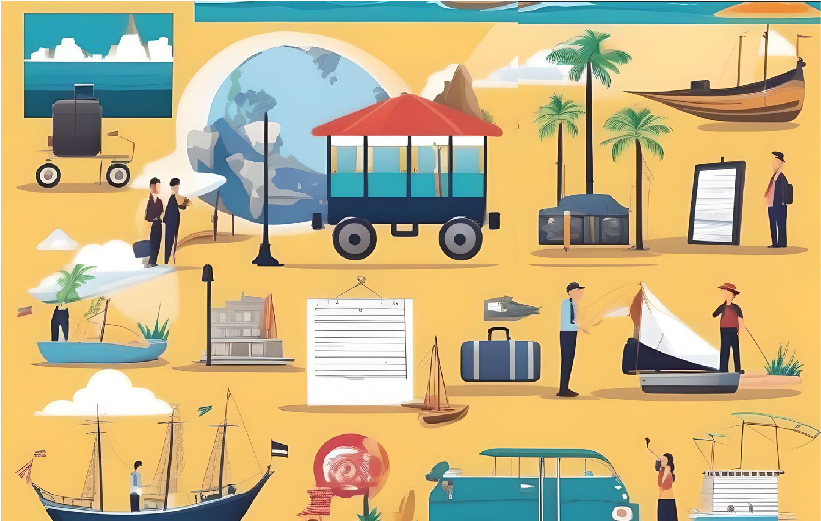
Table of Contents
Concept
Crisis is the intensity of any occurence to the publicity or any negative incident. Crisis is the possibility of an increadibe hazard or disaster. Crisis management is the control of any occurrence or any negative incident. It is time to manage by taking the proper steps to control the tourism crisis or any negative incident. A tourism crisis is created by any disasters or hazards.Crises are affecting the tourism management or management or a tourism bysiness or entire region (PATA,2011). Crisis and risk management is the combined management of the tourism sector and hospitality management. It is managing the public agency and communication sector, the larger destination level of the business or individual business. Risk management can prevent the critical issue from a suitable crisis.
Crisis and risk management is the sum of components of overall tourism sector management. It is also connected to he hospitality management. It is practiced at the public sector and communication level, enterprises and individual business. Risk management can be effective and preventive from the crisis becoming and leading the crisis moment. Risk management is involving the negative issue or event or probabilty of negative occurrence in the tourism sector and hospitality management. It is unable to lead total tourism sector management.
Componets of Risk Management
There are six components to indentify the risk management that are given below (PATA-2011)-
i) Identify
ii) Analyze
iii) Plan
iv) Track
v) Control
vi) Communicate
i) Identify: Identify is the found or indicate the hazard area or disaster are based on the analysis. This idnetify means the pursuance of the hazard area, disaster area or any trouble area.
ii) Analyze: Analyze is the examine or prove any substance methematically or methodically in details the constitution of structure on any information or something, typically for any purpose from explanation to interpreatation any term identifed secientifically or any term prove. Analyze is evaluating any term, evaluating the probabilities and identifying the impact of each risk and classifying the hazard, risk and disaster area. Lastly, analyze proritize them, such as risk areas, hazard areas or disaster areas.
iii) Plan: A plan involves a suitable process to identify the risk, assess the risk and mitigate the risk of a risk zone that can have an impact on government, organizations or a specific person. The government should be analyzing the risk zone and identifying the risk zone or risk area in the tourist area. There are economic factors that can be analyzed for assessing the impact of the tourism sector on the impact or effect of the sector. Identify the environment and social factors of tourism or hospitality management. Lastly, classify the risk zone based on the environment or nature by analyzing factors such as economical, operational etc.

Figure: Risk Management
iv) Track: Describe the migration plan or action plan to reduce the impact of each risk or identify the risk zone. Firstly,we are developing the action plan to indicate the risk zone or any damage area. And then we implement the action plan to minimize the effect of risk, damage to risk or any substance.
v) Control: We are developing the action plan to assuage the risk but it is more and more read according to the action plan from the first stage. Then this action plan’s whole operation is under the disaster manger or risk reduction officer.
vi) Communicate: Communication is crucial role play for any activities. Communication ensures the stakeholder support, monitoring etc to change the risk environment. There are some policies or plans to retrench the risk environment. But we don’t share with the stakeholders that we cannot reach the stakeholder or don’t reach the victims of risk or crisis moment people. So, communicate with stakeholders to reach the action plan or policy to reduce the risk environment, risk zone, disaster zone etc.





